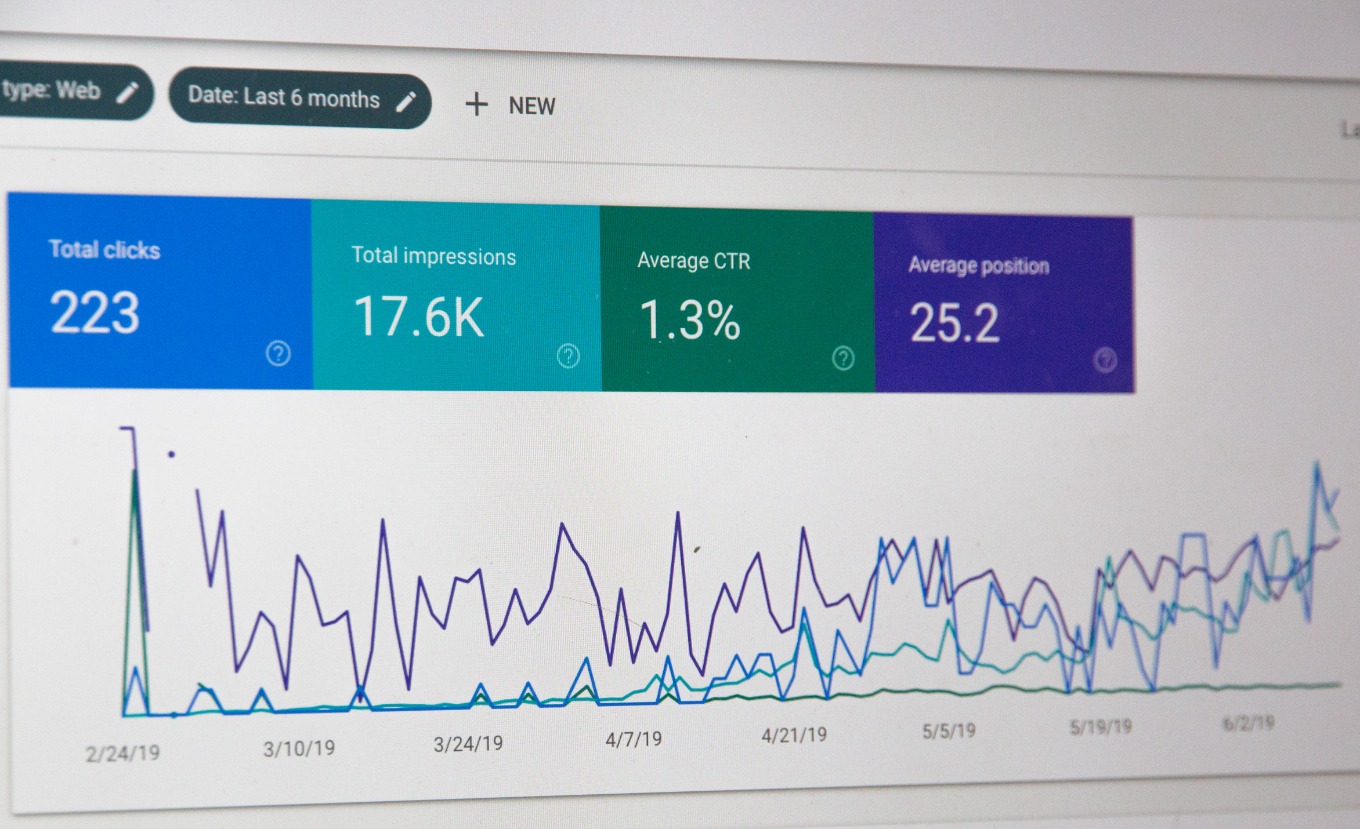How to Budget Effectively for Emergency Response Planning Services
Emergency response planning is a pivotal aspect of modern organization structures, which may, at times, seem daunting to budget for. This crucial service needs a comprehensive financial plan to ensure the utmost safety and resilience during unforeseen circumstances or disasters. In this discourse, we delve into an in-depth exploration of the intricacies involved in efficiently apportioning funds for emergency response planning services.
First and foremost, we must understand the definition and importance of Emergency Response Planning (ERP). ERP is a proactive strategy intended to mitigate the risks and damage associated with potential disasters. These could range from natural calamities such as earthquakes and floods to man-made crises like cyber-attacks or chemical spills. ERP services, thus, formulate a contingency plan integrating various components like risk assessment, communication strategies, resource management, and recovery plans.
The budgeting process for ERP services involves allocating resources to these various components, with a focus on risk prioritization. This is a critical stage and requires a comprehensive understanding of the organization's operations, potential risks, and financial capacity. To truly comprehend this, one can draw on John Nash's equilibrium theory from game theory, suggesting that the best outcome results from everyone in the game doing what's best for him/her and the group. In the context of ERP budgeting, every department within an organization must work collaboratively, aligning their individual needs with the company's overall safety objectives.
The ERP budgeting process commences with a risk assessment, an empirical investigation into the potential hazards a company could encounter. This process involves identifying and categorizing risks based on their likelihood and potential impact. It's like the Pareto principle or the 80/20 rule in economics, which states that 80% of outcomes come from 20% of causes. Identifying these high-risk factors allows organizations to allocate resources effectively, focusing on the most impactful risks.
Secondly, resource allocation is an essential facet of budgeting for ERP services. This involves earmarking funds for personnel training, acquiring necessary equipment and technology, and maintaining them. It follows the principles of operations research, optimizing the use of resources to meet the desired objectives. The tradeoff here is between the level of preparedness and the financial constraints of the organization.
Communication strategy, another integral part of ERP, involves formulating a plan to disseminate information during a crisis. This encompasses investing in reliable communication technologies and training staff to use them effectively. It follows Shannon and Weaver's communication model, emphasizing the importance of clear and concise message delivery to avert miscommunication during crises.
Finally, the recovery plan entails strategies to restore normalcy after the crisis. This could involve infrastructure reconstruction costs, insurance, and therapy for traumatized employees. Here, the concept of economic resilience comes into play, the ability of an economy to withstand or recover from market, economic, and environmental shocks.
Budgeting for ERP services is, thus, an intricate process that involves striking a balance between numerous factors. It's similar to Newton's third law of motion, for every action, there's an equal and opposite reaction. Every decision made in the budgeting process has a potential impact. An overemphasis on one area could lead to underpreparedness in another, leading to potential disaster during a crisis.
In conclusion, effectively budgeting for Emergency Response Planning requires a deep understanding of the organization's potential risks, a prioritized allocation of resources, and a commitment to preparedness and resilience. This is not simply a financial exercise but a strategic initiative that, when executed correctly, can safeguard the organization's operations and employees from the unpredictable nature of disasters.
ERP is a proactive strategy intended to mitigate the risks and damage associated with potential disasters.






